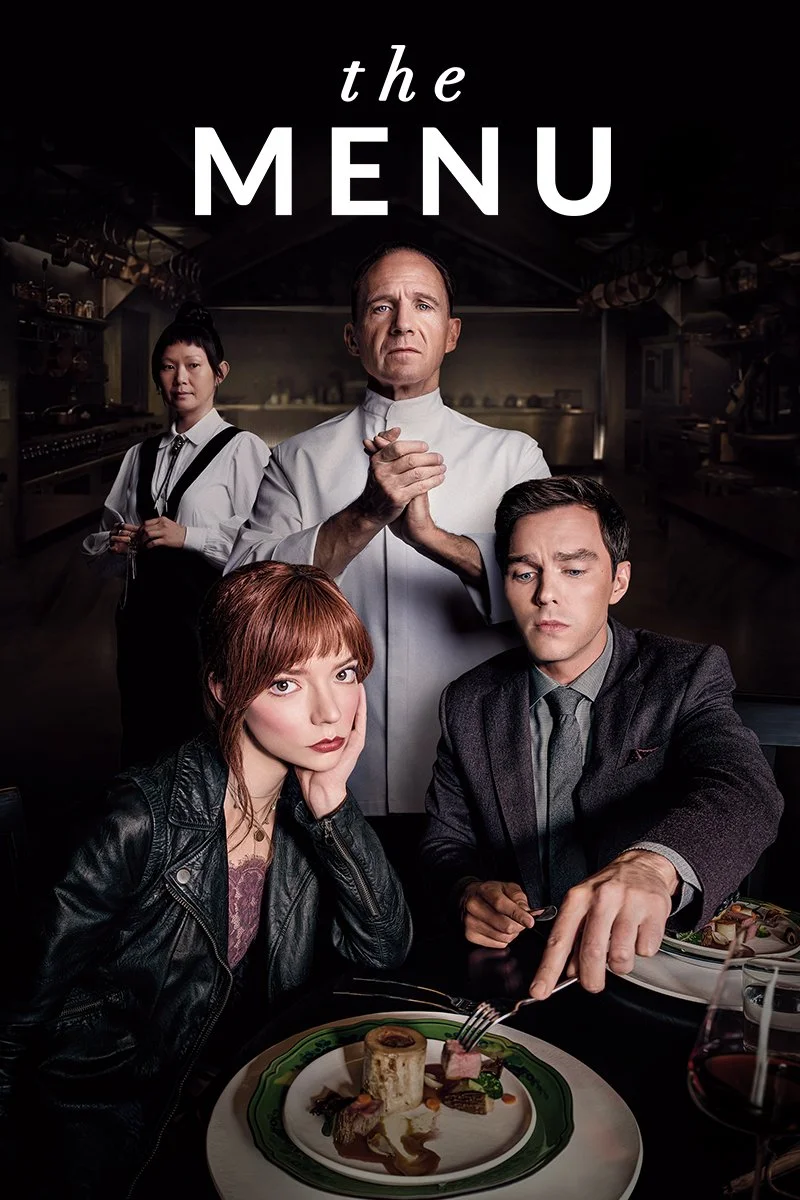Premium Wages and Benefits Are Not A Luxury For The “Entitled.” They Are Critical Investments Into The Future Of Your Restaurant
Read time: 10 min
By Jensen Cummings
When talking about the need to pay restaurant workers a living wage and provide a quality benefits package, we have to admit there is a major problem: restaurants are not a great place to work, yet they could be. Let’s talk about how we flip that narrative and usher in the future of this industry that we all love (and hate) so deeply.
What is it going to take to get beyond our troubled past of being an industry exploiting a young and/or a delinquent workforce? How do we break free of systemic patterns of our employees being underpaid, underappreciated, and overworked?
The process of developing a new restaurant model that instills a strong sense of belonging starts with investing in your most valuable assets, your people. If you can commit to that, there is a real chance for success. Once you’ve committed to this mindset shift, you can begin to build a business that is equitable, profitable, and sustainable. Here are a few steps to take:
How to ascertain what a living wage is in your community is so often completely overlooked. Let me tell you a quick story about why we don’t do this and then give you a resource so you can actually understand the living wage. I’ve been guilty of glorifying my time as an upcoming cook, making $7.50 an hour, living in a house with four guys, being so poor that I was eating Top Ramen everyday, lucky to add a fried egg on top. And look how well I turned out? I struggled and kept the passion and worked hard and was so much more committed than “kids these days.” It’s bullshit!! Just because we got paid shit and gladly took it, doesn’t mean anybody today should. They aren’t entitled and lazy and greedy. They are smarter than we were and they live in a world far more expensive to live in than we did. Just because you got paid $xyz, you don’t think someone today should be getting paid, $15, $18, $22 an hour. You’re likely wrong. Very wrong. You’re likely contemplating how expensive beef is or chicken or to-go packaging or your property taxes or your rent. And when a kid asks for $18 which will barely cover their cost of living, they are completely out of line?!?!
If you’re ready to really understand the living wage and its factors in your community, use the Universal Living Wage Calculator. Simply put, a living wage is what an individual needs to make, based on the community they live in, to work 40 hours per week and merely afford to keep a roof over their head.
Now let’s talk about Benefits, which is this catch-all term that we really don’t understand very well in restaurants. When we organize the investments into “Benefits,” they fall into four categories - physical health, mental health, PTO (including sick time), and creative perks. Additionally any programs around developing culture and offering education fall under perks. We need to shift our thinking, approach, and investment into these categories to become employers of choice, what we call Workplaces Worth Working.
The number one argument for the business purpose of offering comprehensive health, dental, and vision, is that all money spent on these insurance offerings is 100% tax deductible (if your business pays 100% of the premium). Think about that. The restaurants out there paying half of health insurance premiums are actually costing themselves more money and exponentially higher turnover. That is an absolute shame.
Get into the weeds in the following sections as we use the state of Colorado as an example of the types of programs that you likely don’t know exist, which could change your tax obligations significantly and allow more opportunities to invest in better benefits.
Colorado:
Sick Time (Colorado Healthy Families and Workplaces Act (HFWA))
Federal Tax credits may be available to Colorado businesses that paid out sick time under the PHE (Public Health Emergency) section of the HFWA
Colorado Paid Family and Medical Leave Insurance (FAMLI)
First phase begins January 1, 2023
Paid benefits begin January 1, 2024
Employees can take 12 weeks of paid leave
Unless leave is needed due to a pregnancy- or childbirth-related complication, in which case, an employee can receive an additional 4 weeks of FAMLI leave, giving the employee a total of 16 weeks.
The FAMLI benefits will not be full wage replacement, and eligible employees will instead receive partial wage replacement depending on their earnings, capped at $1,100 per week.
The program is structured similarly to unemployment insurance, in that the state will pay employees directly when they are on FAMLI leave.
Employers may also elect to pay the full amount if they choose to offer this as an added perk for their employees (as opposed to 0.45% by each the employer and employee)
For businesses that offer their own paid FAMLI, there is a federal tax credit available.
Colorado Secure Savings Program for Retirement matching
Greater tax benefits exist if it is a company owned plan rather than the state plan
100% tax credit / deduction for paying 100% of Health, Dental, and Vision Insurance
Additional
ABLE Account – Achieving Better Life Experience
Contributions to an ABLE account are not tax-deductible, but all investment earnings remain untaxed as long as money taken from the account is used for "qualified disability expenses." Such expenses include, among other things: medical treatment, education, tutoring and job training. Distributions are tax free.
529 Education Savings Plan
For every dollar an employer contributes to an employee's 529 Education Savings Plan account, the employer receives a 20% tax credit, up to a maximum of $500 per employee per year. So, an employer could give up to $2,500 per employee and receive $500 for each person.
Long Term Disability
Premium is tax deductible
Short Term Disability
Premium is tax deductible
Maternity / Paternity Leave
Really falls under a company owned paid FAMLI program, so there is a federal tax credit available.
Mercantile as a giveaway / donation
Your deduction cannot exceed 15 percent of your business’ net income.
Employee Retention Credit
The Employee Retention Tax Credit (ERC) is a refundable tax credit designed to reward business owners for retaining employees throughout the COVID-19 pandemic. The Employee Retention Credit is available to both small- and mid-sized businesses. It was signed into law on March 27, 2020, as part of the CARES Act. The bill was significantly expanded in 2021.
Business owners impacted by COVID-19 can claim up to $5,000 in refundable tax credits for each employee on their payroll in 2020 and up to a $7,000 credit per quarter (excluding Q4) for each employee in 2021.
Our team accomplishes building better programs for businesses and their employees with our WBCE Builder and filtering numbers through our custom operating budget that actually accounts for how a restaurant business is actually run, not the old broken construct. These two operational assets have been ground breaking to manage wages, benefits, culture, and education employee offerings, while ensuring that the financial burden (and benefits) to the business are accounted for.
It will take a handful of you reading this to decide to become the leaders we so desperately need. If this shift starts to happen, restaurants WILL be a great place to work and the future of this industry will be in good hands. If you’re one of these leaders, serious about making change, let us be your guide. Grab an eighteen minute call with us (link).
Jensen Cummings is a fifth-generation Chef & Certified Cicerone based in Denver, CO. His brands’ Best Served Creative and Best Served Podcast exist solely to unlock and amplify the worth and work of those who feed their community. From chefs to restaurant pros to farmers and every one in between, this work manifests with storytelling media, coaching, and strategy meant to acknowledge and empower people to do what they were meant to do. He is committed to hustle and communicate everyday to serve this mission. When he’s not out building a new model for restaurants that’s equitable, profitable, and sustainable, he’s spending precious time as a husband, a father, movie buff, beer nerd, and fan of the LA Dodgers.





